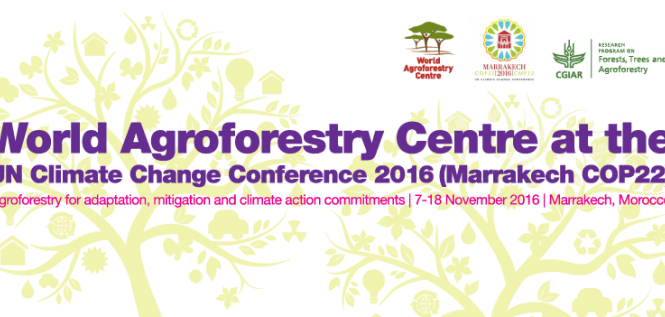Anyone who has walked outside on a sunny day knows that forests and trees matter for temperature, humidity and wind speed. Planting trees speaks to concerns about climate change, but the directly important aspects of the tree-climate relationships have so far been overlooked in climate policy where it relates to forest.
That, at least, is the conclusion of a new review. The authors suggest that the global conversation on trees, forests and climate needs to be turned on its head: the direct effects via rainfall and cooling may be more important than the well-studied effects through the global carbon balance.
Yet, current climate policy only recognizes the latter. While farmers understand that trees cool their homes, livestock and crops, they had to learn the complex and abstract language of greenhouse gasses and carbon stocks if they wanted to be part of climate mitigation efforts. Not anymore, if the new perspectives become widely accepted.Read more









